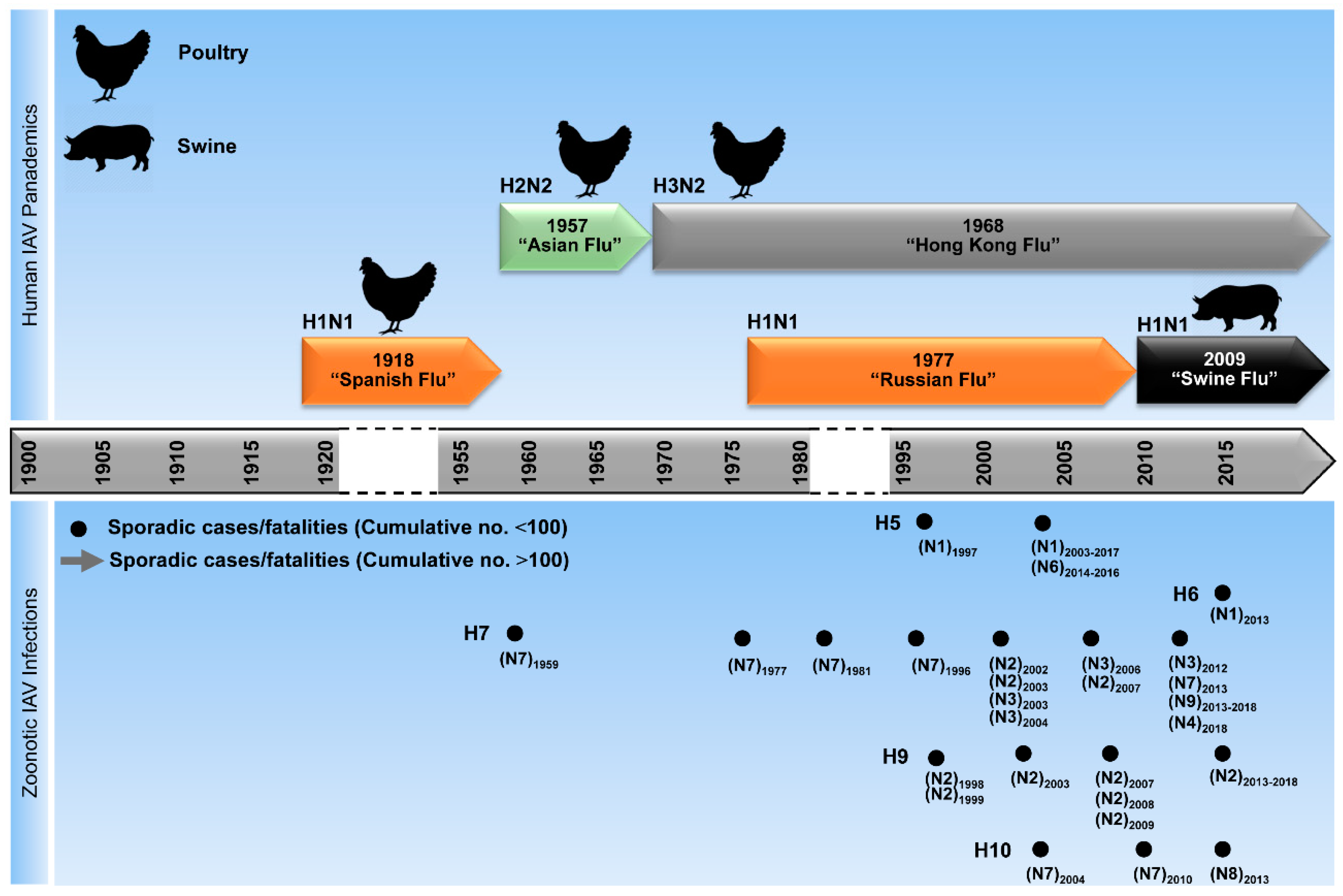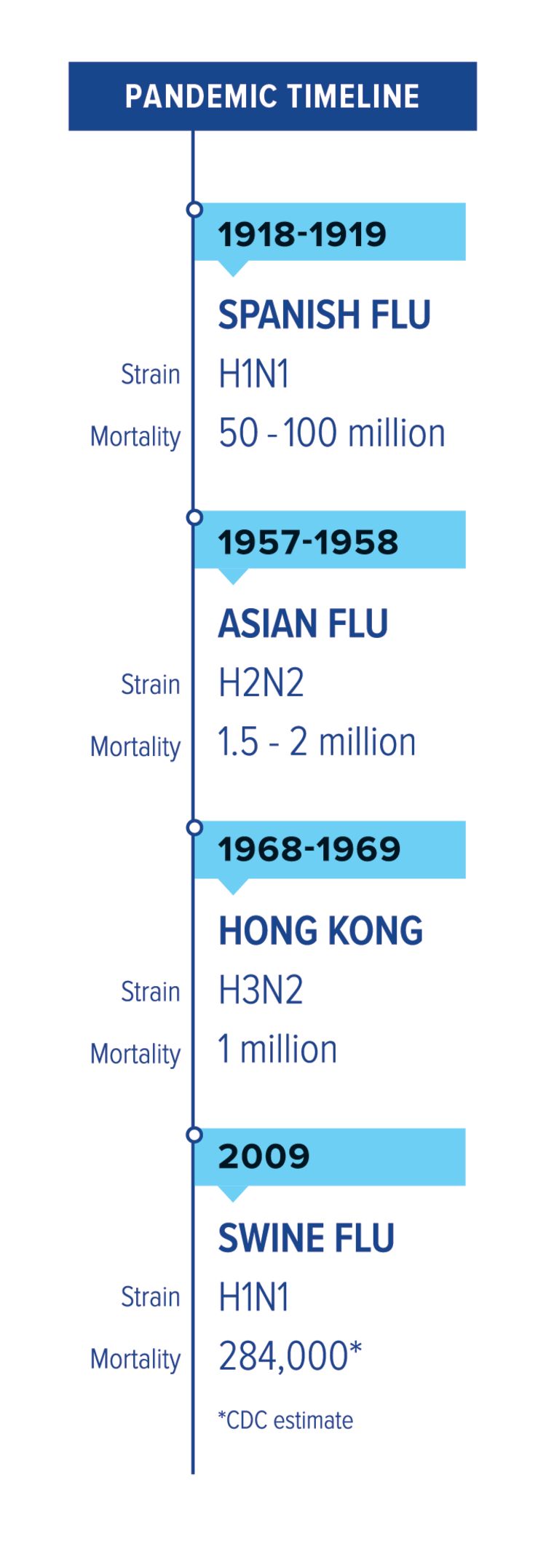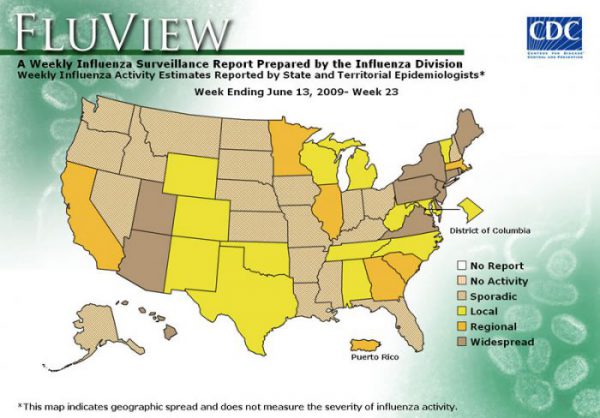
Many governments banned public gatherings or buried the victims in mass graves. Across the world, some 500 million people had been struck down by flu by the end of 1920, perhaps 100 million of them fatally. This was one of history’s deadliest disasters. With vast armies surging across an exhausted continent, the conditions were perfect for a pandemic. In the next few months, as American soldiers flooded into Europe, they brought the deadly influenza with them. By the end of the month, no fewer than 1,127 men at Fort Riley had come down with flu – and 46 of them had died. Still the men kept coming: there were 107 by lunchtime and more than 500 by the end of the week. But when the doctors had a look at him, they realised that, with a temperature of more than 103, Gitchell was in no state to work in the mess.Ī few hours later, another man, Corporal Lee Drake, appeared at the infirmary with similar symptoms. A company cook at Fort Riley, Kansas, Gitchell was supposed to be serving breakfast to hundreds of young American recruits, who were waiting to be shipped off to the battlefields of France.

When Private Albert Gitchell awoke on Monday 4 March 1918, he felt awful. Monday 4 March 1918: the day Spanish Flu strikes the world Written by Dominic Sandbrook This made it look much worse there, so the unfortunate name spread with the disease around the world. While Britain, France, Germany and the United States censored and restricted early reports, papers in Spain – as a neutral country – were free to convey all the horrid details of the pandemic.

Wartime censorship exaggerated the affects of the virus in Spain. Why was Spanish Flu called Spanish flu?.But yet the pandemic was called ‘Spanish Flu’ – again, a result of the war. It is thought the first cases were in military forts in the United States before spreading at an alarming rate to Europe. The filthy, rat-infested conditions undoubtedly affected the soldiers’ immune systems, making them more vulnerable to illness. There is also no way of being certain where Spanish Flu originated, although the trenches of the First World War, where poor sanitation and disease was rife, are an often-cited contender. The Spanish felt, and to a very great degree were, stigmatised by this.

We actually don’t know where it did start – but we know it didn’t start in Spain. One of the few certainties we have about the Spanish Flu Pandemic is that it didn’t start in Spain.


 0 kommentar(er)
0 kommentar(er)
